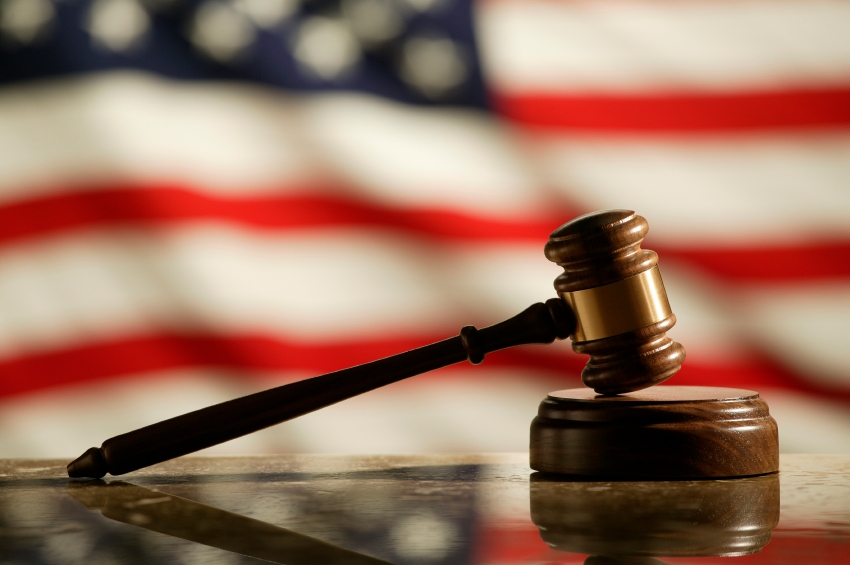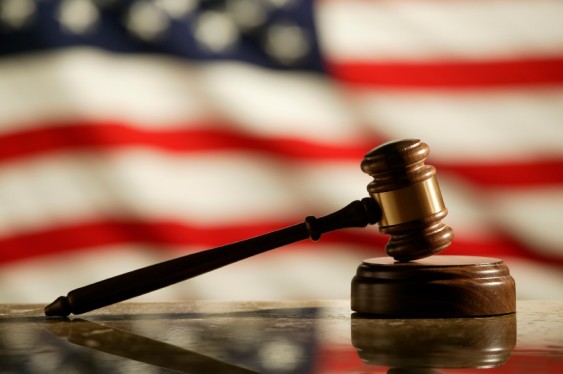Research by Jane Harvey
Last time, I described Buckley v Valeo, the seminal Supreme Court ruling that teed up Citizens United and that forbids caps on political spending in the United States. In that case, Chief Justice Warren Burger dissented, writing, “What remains after today’s holding leaves no more than a shadow of what Congress contemplated. I question whether the residue leaves a workable program.”
This article documents the residue—the unworkable program that attempts to regulate money in politics—in Idaho, Oregon, and Washington. What rules of disclosure, contribution limits, and public funding govern democracy in the Northwest states?
Disclosure
“Sunlight is . . . the best of disinfectants,” said early 20th Century Supreme Court Justice Louis Brandeis, and disclosure rules of varying stringency cover all of the Northwest. Yet loopholes puncture them, and obfuscation remains widespread. As bad, even when they work, disclosure rules mostly make public long lists of donor names and dollar amounts, leaving voters with little usable information about whom politicians listen to and why. In fact, regular media reports on fundraising totals amp up the fundraising pressure on candidates.
Federal candidates must report the contributions they receive, their expenditures, and other financial information to the Federal Election Commission seven times on specified dates during election years. Donors who give more than $200 must reveal their name, occupation, employer, and address to the campaign, which must report that information. Some independent expenditure campaigns must also disclose contributors and spending.
Washington is a contender for the best disclosure requirements in the United States, according to the Campaign Disclosure Project and the National Institute on Money in State Politics and the Center for Public Integrity. Candidates must itemize contributions of more than $25 and provide occupation and employer data for those donating at least $100. Last-minute contributions must be reported prior to election day. Independent expenditures must be disclosed, too, and those made in the 21 days leading up to an election must be reported within 24 hours. Still, donors can often shield their identities by sending money with a wink and a handshake through one or more third parties, so even the best disclosure rules are patchy.
Oregon had the fourth best campaign money disclosure laws in the United States as of 2008, according to the Campaign Disclosure Project. In 2013, Oregon won similarly high marks in a report on disclosure rules for independent spending from the National Institute on Money in State Politics and the Center for Public Integrity. Under Oregon’s rules, tightened recently, candidates, parties, and ballot measure campaigns must promptly report their contributions and expenses electronically to the state’s ORESTAR database.
Idaho trails behind its western neighbors. The state requires candidates for many offices in the state, along with the sponsors and opponents of ballot measures, to report certain information about contributions of $50 or more. The state’s online reporting system and accessible public database have only become available this year.
Contribution Limits
Denied the power to limit campaign spending by Buckley, reformers have instead tried to limit contributions, so that candidates do not become indebted too heavily to any individual donor, corporation, PAC, or union.
Federal candidates may make unlimited contributions to their own campaigns but may accept only $5,200 from each individual donor, half in the primary and half in the general election. They may accept other specified amounts from PACs and parties.
Washington limits contributions not only to state elections but also to candidates for school board, county and city offices, judgeships, and the state’s largest port commissions. The state Public Disclosure Commission details these rules by type of contributor and recipient. Individuals, for example, may currently give no more than $950 per election, primary or general, to any candidate for the state legislature and no more than $1,900 per election to any candidate for a statewide office. Unfortunately, the limits do not apply to contributions to political parties, PACs, or independent expenditures (IEs).
Idaho has contribution limits for state offices and for mayoral and city council elections, except in small towns. Individuals, for example, may make gifts of up to $1,000 to the primary campaign of a state legislative candidate plus another $1,000 to the general election campaign. The limit rises to $5,000 for statewide offices. Idaho applies no limits to other races, such as county commissioners, nor does it limit contributions to PACs, state parties, or IEs.
Oregon has no limits on contributions: “It’s the Wild West down here,” says one Portland political consultant. Oregon’s state Supreme Court has outdone the US Supreme Court in prohibiting limits on political contributions. In 2006, reformers put before voters a two-part statewide initiative to overrule the court by amending the state constitution and establish contribution limits. Voters approved the statutory contribution limits but not the constitutional amendment, and the state Supreme Court ruled that the statutory provisions are dormant until voters amend the constitution, if they ever do.
If there’s a silver lining to Oregon’s system, it’s the infrequency of independent expenditure campaigns. In Washington, the deepest pocketed donors sometimes max out their direct gifts to favored candidates and start funding their own separate ad campaigns; in Oregon, they can just keep giving to the candidates. Consequently, the state endures fewer IEs.
Public Funding

Cascadia Flag by badlyricpolice used under CC BY 2.0
Buckley and other Supreme Court rulings dictate that public funding systems in the United States can only be voluntary. To work, they must entice candidates to forgo unlimited spending, and to do that they must provide an easier way to fund a winning campaign than raising private money. Worse, the Supreme Court ruled in Arizona Free Enterprise Club v. Bennett in 2011 that authorities may not increase public funding automatically in response to excess spending by nonparticipating candidates. So public funding systems must be generous enough that candidates feel they are protected even against the risk of an especially well-funded opponent or the attack of an IE. In response, public funding systems may allow participants to raise additional private funds if their privately funded opponents’ spending exceeds specified amounts.
In the Northwest states, public funding is a once-and-future thing.
Federal funding for presidential races survived from 1974 until 2008, when Barack Obama proved he could raise so much private money that opting-out of the voluntary presidential public funding system was in his interest. If the Watergate-era presidential public funding program is to function again, Congress will have to sweeten the pot.
Idaho has no public funding program, either at the state or local level. It had a public income tax check-off system for funding political parties but repealed it in 2010. Reformers introduced a public funding measure in the legislature in 2011 and 2012 but got nowhere.
Oregon has no state public funding program, but it does have a statewide tax credit of $50 for political contributions. Such a credit, were it connected to an opt-in system for candidates who agree to refuse most other funds, could form the basis of an innovative new system. The tax credit was set to expire in 2014, but the legislature extended it to 2020 and restricted it to those with personal income below $100,000.
In 2000, a statewide citizens initiative proposed to install a system of public funding for candidates who accepted limits on spending and contributions. The measure, which fell short, would have made public funds available to candidates for the legislature and statewide executive offices.
Portland ran “Voter Owned Elections”—a somewhat poorly designed public funding system that suffered some fraud—until voters declined to renew the five-year-old program in 2010. Some Portland leaders have expressed interest in trying anew.
Washington has no public funding for campaigns, although the city of Seattle had public funding for city council and mayoral races from 1979 to 1991. A statewide ballot measure banned the practice in 1992, but the legislature reversed the ban in 2008 and let local voters enact public funding programs for municipal elections. Seattle voters in 2013 narrowly rejected a public funding measure modeled on New York City’s and movement is afoot to put the plan before voters again soon. An effort is also in development in Spokane.











Linda Santini
Great bumper sticker on a car in Hawaii:
I’ll believe corporations are people when Texas executes one.